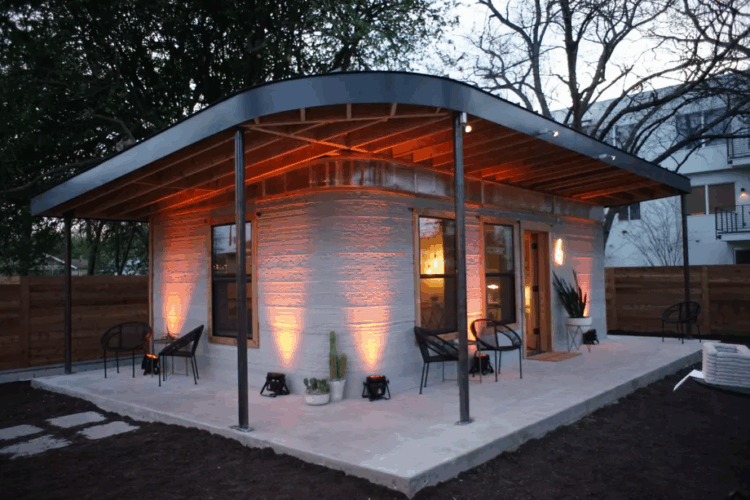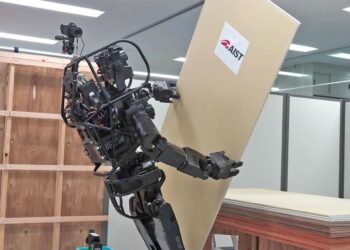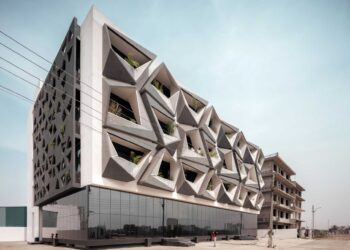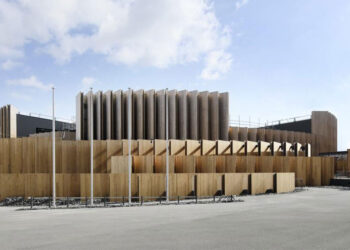The dream of homeownership, a cornerstone of stability and prosperity, is slipping out of reach for millions worldwide. We are facing a perfect storm: soaring material costs, persistent labor shortages, and construction methods that have remained largely unchanged for a century. The result is a critical housing crisis, defined by a lack of affordable, resilient, and quickly available homes. But what if we could fundamentally change the way we build? What if we could construct homes faster, with less waste, and with greater design freedom? This isn’t a futuristic fantasy; it’s a reality being built today, layer by layer, with the revolutionary power of 3D printing.
Construction 3D printing is poised to be the most disruptive force the building industry has seen in generations. It’s a paradigm shift from traditional, subtractive methods to a precise, additive process that erects the core structure of a house in a matter of days, not months. This technology is moving beyond experimental prototypes and is now being deployed to build entire communities, military barracks, and unique architectural marvels. It promises a future where housing is more accessible, sustainable, and adaptable to human needs.
This comprehensive guide will take you inside the world of 3D printed homes. We will explore the groundbreaking technology that makes it possible, walk through the step-by-step process of printing a house, and weigh the significant benefits against the real-world challenges. From analyzing the cost and market impact to envisioning the future of our neighborhoods, this is the essential blueprint for understanding the next great construction revolution.
The Blueprint: How 3D Home Printing Works
At its core, 3D printing a house, also known as Construction 3D Printing (C3DP), applies the principles of additive manufacturing on a massive scale. Instead of a small desktop device extruding plastic, imagine a colossal robotic system extruding a specialized form of concrete. This process involves three primary components: the printer, the material, and the digital model.
The printer itself is an impressive piece of engineering. The most common type is a gantry system, a large overhead framework that allows a robotic arm and nozzle to move precisely along X, Y, and Z axes over the entire footprint of the building. The robot is essentially a highly sophisticated, automated concrete depositor, controlled by complex software that dictates its every move.
The “ink” for this process is not standard concrete. It’s a proprietary, advanced material mix—often called “mortars” or given brand names like ICON’s “Lavacrete.” This material is a scientific marvel in itself. It must possess several conflicting properties simultaneously: it needs to be fluid enough to be smoothly pumped through hoses to the nozzle, yet viscous enough to not slump or deform after being extruded. Critically, it must also set, or cure, rapidly enough for the layer being printed to support the weight of the next layer just minutes later. This delicate balance is the secret sauce that makes the entire process viable.
The entire construction is guided by a digital blueprint, typically a Computer-Aided Design (CAD) or Building Information Modeling (BIM) file. This 3D model is sliced into thousands of digital layers by specialized software, which then generates the precise toolpath for the robotic arm to follow. The printer flawlessly traces the home’s floor plan, extruding a thick bead of concrete to build up the walls, layer by methodical layer. The walls are often printed with internal air gaps or a hollow zigzag pattern, which not only saves material but also creates cavities that can later be filled with insulation, dramatically improving the home’s thermal efficiency.
The Unmistakable Benefits of Printing a Home
The shift towards 3D printing is driven by a set of powerful advantages that address the most pressing weaknesses of traditional construction. These benefits create a compelling case for its adoption as a mainstream building method.
A. Unprecedented Speed: This is arguably the most dramatic advantage. Traditional wood framing for a house can take weeks and is dependent on weather conditions and crew availability. In stark contrast, the entire wall system of a 3D printed home can be extruded in as little as 24 to 48 hours. This incredible speed drastically shortens project timelines, reduces labor costs, and allows for much faster delivery of housing, which is critical in disaster relief scenarios and for tackling urban housing shortages.
B. Drastic Waste Reduction: Traditional construction is notoriously wasteful. The process of cutting wood, drywall, and other materials (subtractive manufacturing) generates enormous amounts of scrap that often ends up in landfills. 3D printing is an additive manufacturing process, meaning material is only placed exactly where it’s needed. This precision virtually eliminates construction waste, making it a far more sustainable and environmentally friendly building method. Some estimates suggest it can reduce construction waste by up to 90%.
C. Architectural Freedom and Complexity: The rigid, straight lines of conventional building are often dictated by cost and material limitations. 3D printing shatters these constraints. Because the robotic nozzle can follow any programmed path, creating elegantly curved walls, organic shapes, and unique surface textures is just as easy as printing a straight line. This unleashes incredible creative freedom for architects, allowing them to design buildings that are not only more aesthetically pleasing and human-centric but also potentially more structurally efficient.
D. Enhanced Durability and Resilience: A 3D printed wall system is a continuous, monolithic structure without the seams and joints found in traditional wood framing, which are often points of weakness. The high-strength concrete used is inherently resilient. These homes have demonstrated superior resistance to extreme weather events like hurricanes, as well as being highly fire-resistant and impervious to termites and rot. This increased durability translates to a safer, longer-lasting home with lower long-term maintenance costs.
E. Addressing Labor Shortages: The construction industry globally is facing a chronic shortage of skilled labor. 3D printing offers a powerful solution through automation. While it doesn’t eliminate the need for human workers entirely, it significantly reduces the demand for certain trades like framing and masonry. A small crew of technicians is all that is needed to operate and supervise the printer, helping to bridge the gap in the labor market and improve worksite safety.
Facing Reality: Hurdles on the Path to Adoption
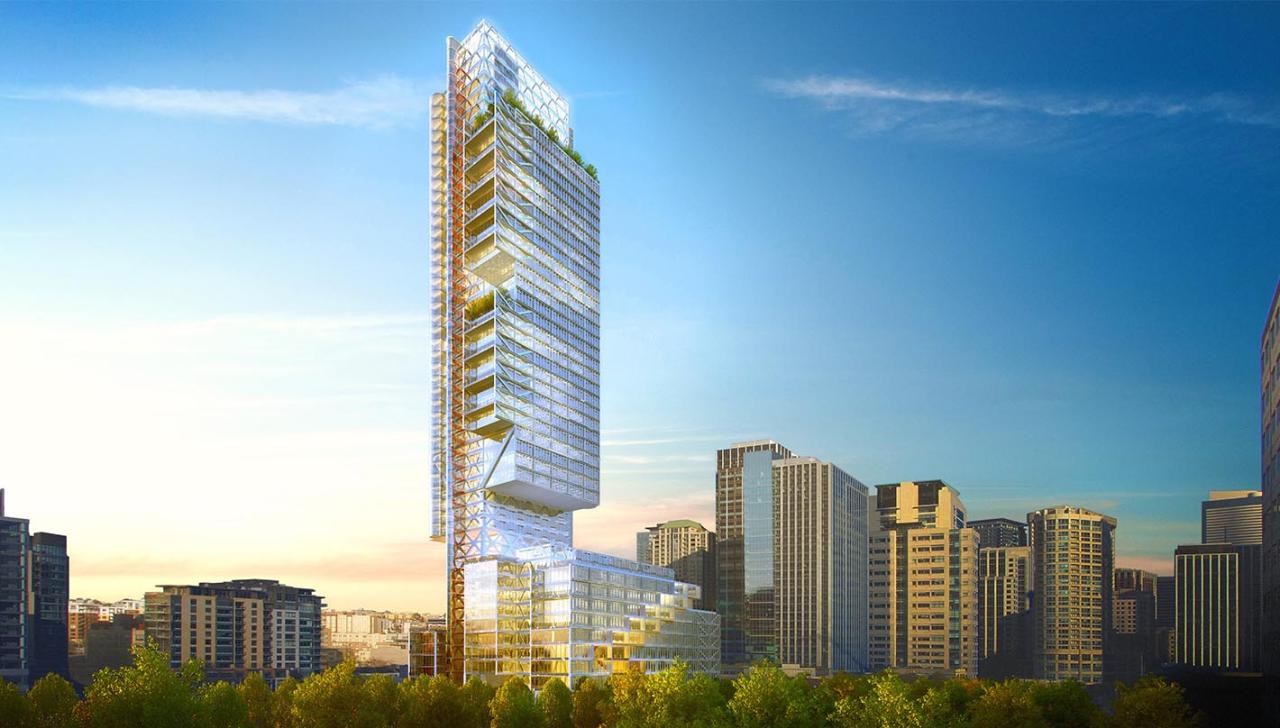
Despite its immense potential, 3D printed construction is still an emerging technology and faces several significant challenges that must be overcome for widespread adoption.
A. Regulatory and Building Code Approval: The construction industry is heavily regulated by local building codes that have been developed over decades for conventional materials and methods. These codes often have no provisions for novel techniques like 3D printing. Getting a 3D printed home approved can be a slow, expensive, and bureaucratic process, as builders must work with local authorities to prove the safety and structural integrity of their systems on a case-by-case basis.
B. The “Hybrid” Nature of Construction: A common misconception is that the entire house is printed. In reality, only the foundational slab and the vertical wall system are typically automated. Critical elements like roofing, installing windows and doors, plumbing, electrical wiring, and all interior finishing (drywall, painting, flooring) still require traditional construction methods and skilled tradespeople. Integrating these conventional components with the printed structure is a key part of the modern 3D homebuilding process.
C. Material Science and Structural Reinforcement: While printed concrete is strong, building multi-story structures or constructing in earthquake-prone zones often requires steel reinforcement (rebar). The process of integrating rebar vertically and horizontally within a continuous printing process is a complex engineering challenge that companies are actively working to solve. The science behind the material mixes is also constantly evolving to improve strength, curing times, and sustainability.
D. High Initial Capital Investment: The large-scale robotic printers are highly sophisticated pieces of machinery and represent a significant upfront capital investment for construction companies. This high barrier to entry can slow adoption, as smaller builders may not have the resources to invest in the technology until it becomes more affordable and proven in the market.
E. Public Perception and Financing: As with any new technology, there is a degree of public skepticism. Homebuyers need to be educated and convinced of the long-term value, durability, and safety of living in a printed home. Similarly, mortgage lenders and appraisers need established standards and comparable sales data to confidently finance and value these properties, which can be challenging in the early stages of market development.
The Bottom Line: Cost, Affordability, and Market Impact
Does 3D printing actually make homes cheaper? The answer is complex, but the potential is clear. The primary cost savings come from reductions in labor, time, and waste. By drastically cutting down the construction timeline and the number of on-site workers needed for the home’s structure, companies can achieve significant savings, often cited as being 20-40% less than comparable traditionally built homes.
This cost-effectiveness has positioned 3D printing as a vital tool in the fight against the affordable housing crisis. Pioneers in the field, like the American company ICON, have partnered with non-profits like New Story to build the world’s first 3D printed community in Mexico for families living in extreme poverty. ICON has also been contracted by the U.S. military to build barracks and is developing a 100-home community near Austin, Texas, demonstrating the technology’s scalability. Other key players like Apis Cor, COBOD, and Mighty Buildings are pushing the boundaries in different market segments, from residential homes to industrial structures.
The Dawn of a New Building Era
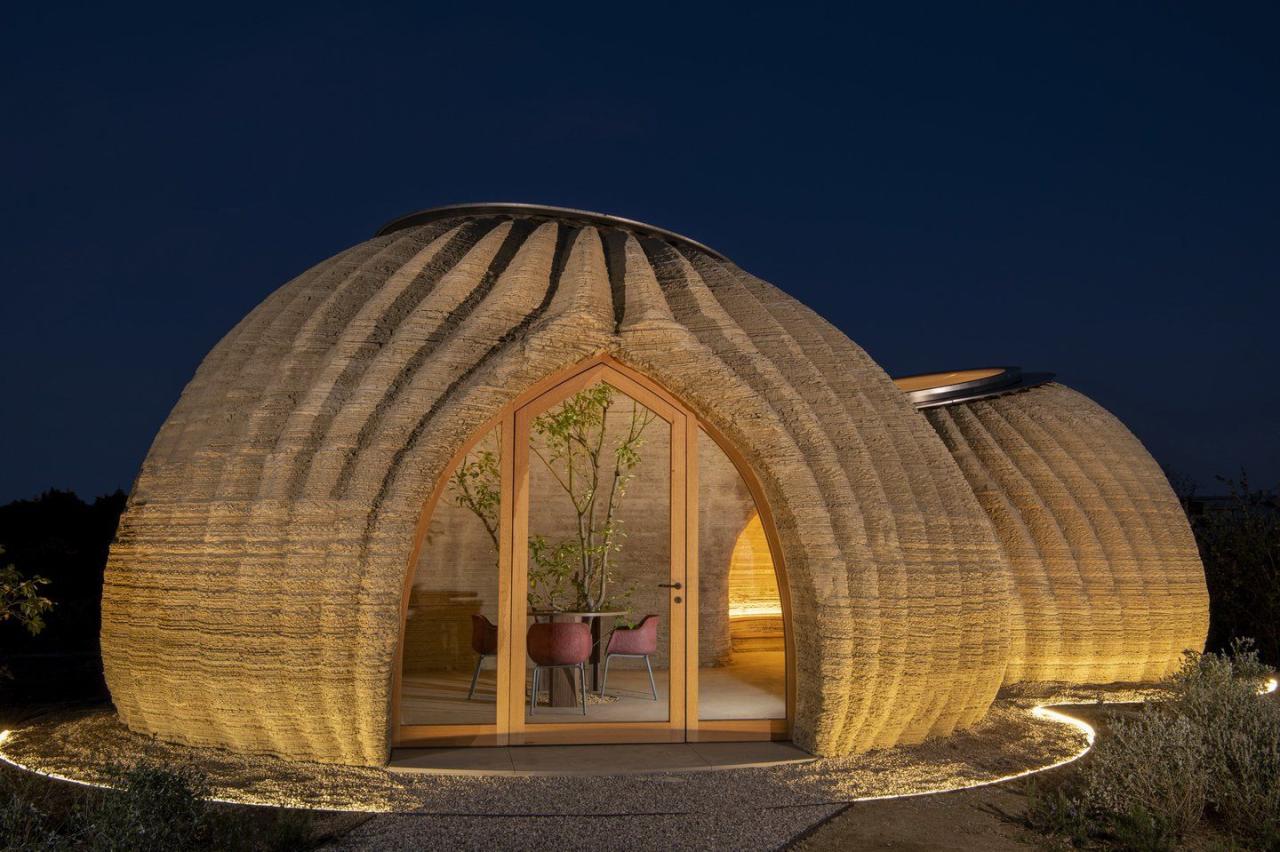
3D printed construction is far more than a novelty; it is a direct and powerful response to some of the most profound challenges facing our society. It offers a tangible path toward building more affordable, resilient, and sustainable homes at a speed that was previously unimaginable. While the road to becoming a standard building practice is still paved with challenges of regulation, integration, and public acceptance, the foundational technology has been proven.
We are witnessing the dawn of a new era in construction. The whir of the robotic printer is becoming the new sound of progress, laying down not just concrete, but a foundation of hope. The 3D printed house is not just a technological marvel; it’s a symbol of a future where safe, dignified, and beautiful housing is achievable for everyone. The neighborhoods of tomorrow are being imagined today, and they are being printed into existence.

